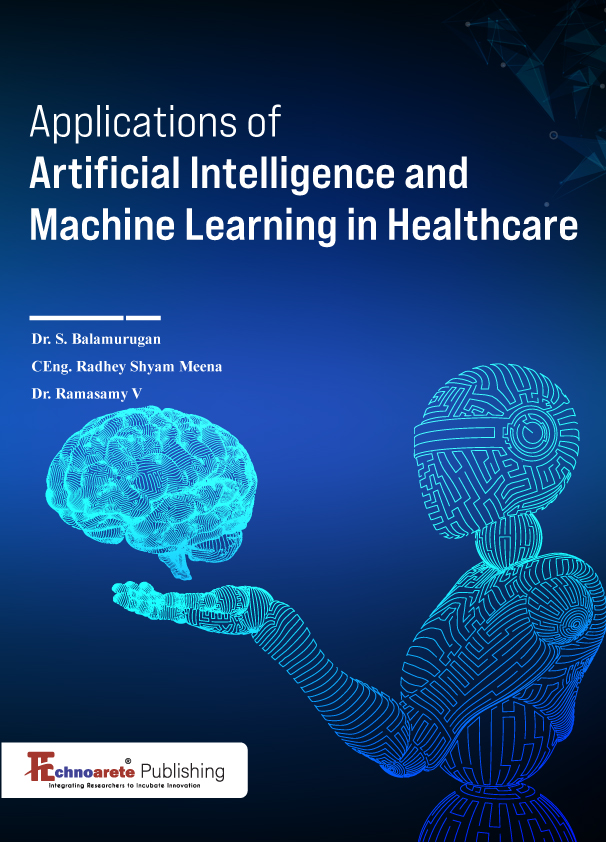Know-Your-Plate: An Application for Diet Analysis through Artificial Intelligence
Dr. Shaneth C. Ambat
College of Computer Studies and Multimedia Arts, Program Director, FEU Institute of Technology
Corresponding Author: scambat@feutech.edu.ph
Hezekiah John V. Rizan
FEU Institute of Technology, 3780 Blk. 9 Lot 17, Durian St., Centennial II, Pinagbuhatan, Pasig City, 1602, Philippines;
Corresponding Author: hezekiahjohnrizan@gmail.com
Rom Braveheart P. Leuterio
FEU Institute of Technology, Samson Apartment Unit B, Pagasa Subd., Anabu, 1-B Imus, Cavite, Philippines;
Corresponding Author: romleuterio@gmail.com
John Patrick G. Chua
FEU Institute of Technology, Blk 21 Lot 7 Pearl Street Citation Homes Barangay Bahay Pare Meycauayan Bulacan, Philippines;
Corresponding Author:johnpatrickchua05@gmail.com,
Chrys Uoie A. Salazar5
FEU Institute of Technology, 469 Block 27-A Brgy. Addition Hills, Mandaluyong, Philippines;
Corresponding Author: biz.salazarchrys@gmail.com
Dr. Hadji J. Tejuco
College of Computer Studies and Multimedia Arts, Faculty, FEU Institute of Technology;
Corresponding Author: hjtejuco@feutech.edu.ph
Anthony D. Aquino
College of Computer Studies and Multimedia Arts, Faculty, FEU Institute of Technology
Corresponding Author: adaquiuno@feutech.edu.ph
Abstract :
With the advent of the current health situation upon the world, the public has promptly heeded health professionals’ advice on strictly keeping a healthy lifestyle. Our diet and nutrition mainly factor our lifestyle. In this study, the researchers aim to develop an application aligned with this objective by providing the Filipino public a means to monitor, assess, and visualize their health through their diet. The development of the application was employed with artificial intelligence through K-means clustering and Image Classification using ResNet architectures for diet and nutrition analysis, Cloud technology for storing diet records, and Augmented Reality for visualization. The development of the application yielded these results; diet analyses were done through the K-means algorithm yielded that diet of individual Filipinos can be divided into three clusters, where each posed health risks and diseases, and a ResNet-18 classifier yielded an 81% accuracy in classifying 15 different Filipino foods.
Reference
[1] Casperson, S. L., Sieling, J., Moon, J., Johnson, L., Roemmich, J. N., Whigham, L. 2015. A Mobile Phone Food Record App to Digitally Capture Dietary Intake for Adolescents in a Free-Living Environment: Usability Study. JMIR Mhealth Uhealth, 3(1):e30, online journal March 13. doi:10.2196/mhealth.3324.
[2] Hatfield, S. 2020. Filipino Food Classifier. https://sjhatfield.github.io/Filipino-food-classifier. Accessed 3 June 2020.
[3] Limos, M. A. 2019. This is Where the Philippines Ranks Among the World’s Healthiest Countries. https://www.esquiremag.ph/life/health-and-fitness/most-health-conscious-countries-in-the-world-a00293-20190906-lfrm. Accessed June 2021.
[4] Meng, F., Guo, X., Peng, Z., Zhang, X., & Vogel, D. 2019. The routine use of mobile health services in the presence of health consciousness. Electronic Commerce Research and Applications, 35, online journal April 12. doi:10.1016/j.elerap.2019.100847.
[5] Mahendru, K. 2019. How to Determine the Optimal K for K-Means?. https://medium.com/analytics-vidhya/how-to-determine-the-optimal-k-for-k-means-708505d204eb. Accessed August 2021.
[6] National Center for Chronic Disease Prevention and Health Promotion. 2021. Poor Nutrition. https://www.cdc.gov/chronicdisease/resources/publications/factsheets/nutrition.htm. Accessed June 2021.
[7] Open Courseware. 2021. Unsupervised Learning. K-Means Clustering. https://ocw.cs.pub.ro/courses/ewis/laboratoare/09. Accessed 20 April 2022.
[8] Pouladzadeh, P., Shirmohammadi, S., Al-Maghrabi, R. 2014. Measuring Calorie and Nutrition From Food Image. IEEE Transactions on Instrumentation and Measurement, 63(8):1947-1956, online journal August. doi:10.1109/TIM.2014.2303533.
[9] President’s Council on Sports, Fitness & Nutrition. 2017. Facts & Statistics. https://www.hhs.gov/fitness/resource-center/facts-and-statistics/index.html. Accessed June 2021.
[10] Rousseeuw, P. 2022. Silhouettes: A graphical aid to the interpretation and validation of cluster analysis. Journal of Computational and Applied Mathematics, 20: 53-65, online journal April 1. doi:10.1016/0377-0427(87)90125-7.
[11] Tharawat, A. 2021. Classification assessment methods. Applied Computing and Informatics, 17(1): 168-192, online journal January 4. doi:10.1016/j.aci.2018.08.003.
[12] Ventola, C. L. 2014. Mobile devices and apps for health care professionals: uses and benefits. P & T: a peer-reviewed journal for formulary management, 39(5):356-364.
[13] Villalobos, G., Almaghrabi, R., Pouladzadeh, P., Shirmohammadi, S. 2012. An image procesing approach for calorie intake measurement. 2012 IEEE International Symposium on Medical Measurements and Applications Proceedings, 1-5. doi:10.1109/MeMeA.2012.6226636.
[14] Weininger, J. 2020. Nutritional disease. https://www.britannica.com/science/nutritional-disease. Accessed June 2021.
[15] World Health Organization. 2002. Diet, nutrition and the prevention of chronic diseases: report of a joint WHO/FAO expert consultation. https://www.who.int/publications/i/item/924120916X. Accessed June 2021.
[16] Zhu, F., Bosch, M., Boushey, C. J., Delp, E. J. 2010. An image analysis system for dietary assessment and evaluation. 2010 IEEE International Conference on Image Processing, 1853-1856. doi:10.1109/ICIP.2010.5650848.

